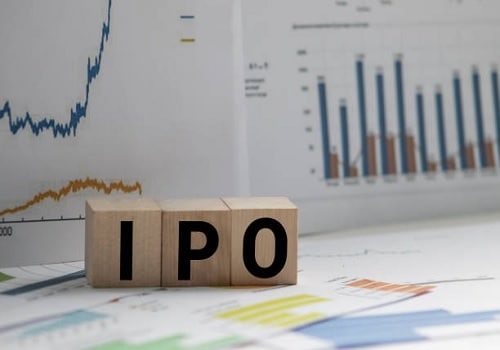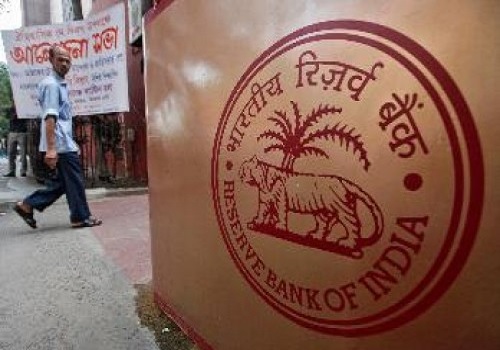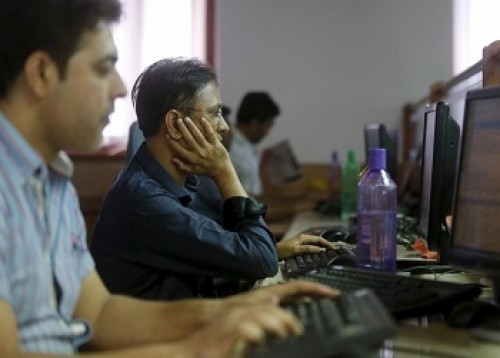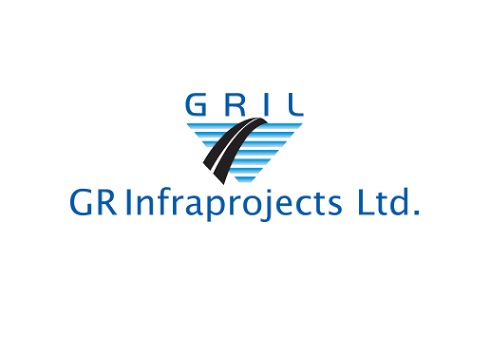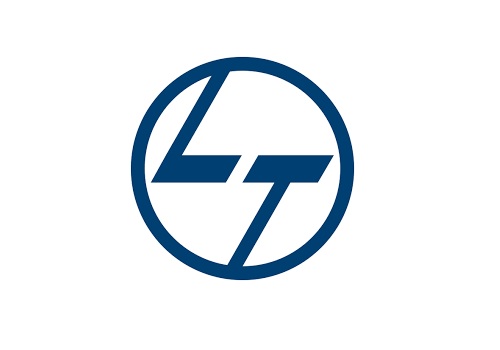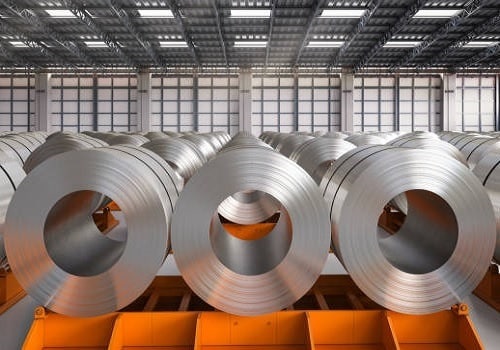Metal Sector Update - RoCE print to favour JSWS, Tata scores in deleveraging By ICICI Securities
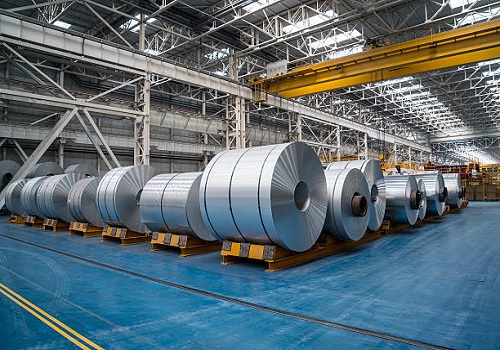
Follow us Now on Telegram ! Get daily 10 - 12 important updates on Business, Finance and Investment. Join our Telegram Channel
RoCE print to favour JSWS, Tata scores in deleveraging
Over the years, Annual Report Analysis (ARA) for commodity sector companies has been losing its relevance in the investment community as i) majority of AR information is backward looking (also on account of improving disclosures on the part of corporates) and/or doesn’t help in investment decisions, ii) limited shelf life and iii) nature of sector– underlying volatile commodity movements virtually sidestepping operational improvements. Ways of improving relevance in our view include: i) Contrast multiple participants (for analysts) and ii) amended disclosures in AR with more relevant information augmenting investment decision and reducing flap wherever possible – ageing of CWIP has been a welcome addition. We look at FY22 annual reports of Tata Steel (TSL) and JSW Steel (JSWS) with such a lens. We maintain REDUCE on both TSL and JSWS.
FY22 investments in TSL have been mainly on account of inorganic expansion (NINL) while that in JSWS has been on account of ramping up the Vijaynagar capex (5mnte expansion). However, the same has been interspersed with two organic expansions – Dolvi (5mtpa) which completed in FY22 and Vijaynagar (7.5mtpa) which is expected to complete in FY25. RoCE (standalone) profile of JSWS will improve vis-à-vis TSL over the next 1-2 years as Dolvi starts contributing (with a supposedly lower cost structure – Rs4,500/te lower than the current operations). TSL will do a catch up when KPO 5mtpa phase II commissions. We attribute higher weightage to deleveraging than for expansions, where we see TSL as a clear winner, with ~Rs535bn of net debt reduction over FY20-22 as against flat net debt for JSWS. Remuneration to KMPs had increased by ~70% for JSWS and ~22% for TSL in FY22.
* Operational highlights. Share of CRC sales is ~10-11% for TSL/JSWS while HRC still contributes 60-75% of sales/production mix. India has already turned into a net HRC exporter in CY18. While numerous CRM capacity expansions are underway/commissioned, offtake is not encouraging.
* Capacity expansion. CWIP’s ageing analysis shows Dolvi (along with coke oven) capex is mostly complete. Majority of investment by JSWS in FY22 was to expand the Vijaynagar capacity, which is expected to increase eventually by 7.5mnte. We see better project-wise granularity in CWIP ageing for JSWS vis-a-s TSL. While there is a meaningful progress in growth projects for TSL India – project-wise visibility is absent. Yet, with Dolvi ramping up (with a lower cost structure) and Vijaynagar (7.5mtpa) expected to commission by FY25E, it appears JSWS will have an edge over (domestic) RoCE (relative to TSL) in our view.
* Investments and loans to related parties. For JSW, total investments of the company have increased by Rs55.7bn during FY22, with majority being in JSW Vijaynagar Metalics, which is carrying out 5mtpa expansion. Periama Holdings (subsidiary) has continued to draw additional support in terms of loans (Rs4bn) while witnessing an additional provision for doubtful loan of Rs7bn. Periama has JSW Steel USA (1.2mtpa plate and 0.55mtpa pipe mill) as well as coal mining concession in West Virginia. The coal mining has improved and so has the EBITDA (along with the EBITDA in plate and pipe mill). In case of TSL, FY22 investments have increased by Rs143.1bn (mainly NINL investment), while loans to related parties have also increased which mainly include loans of Rs215.1bn to Tata Steel Holdings – to payoff the overseas debt (mainly Europe).
* Deleveraging performance of TSL leads the sector. Net debt for JSWS has been maintained in FY20-22 at ~Rs525-526bn, while TSL has reduced its net debt by Rs534bn in during the same period (from Rs977.6bn in FY20 to Rs443.2bn in FY22). We give more weightage to deleveraging while analysing sector companies.
* Composition of Board. While the Board of TSL has >50% independent directors, Board of JSW Steel has <50% independent directors.
* Remuneration to KMPs. JSWS’ remuneration to KMPs had increased by ~70% vs ~22% for TSL in FY22.
* Interest and exchange rate risks. For 100bps increase in interest rates, JSWS witnessed marginally incremental PAT impact of Rs3.1bn against Rs2.2bn for TSL in FY22. 1% depreciation of US$ impacts JSWS PAT by Rs6.6bn, while 10% depreciation in functional currency impacts TSL profit by ~Rs11bn.
* Sustainability. CO2 emission intensity (te/tcs) of JSWS (India) is better than TSL (India) because of higher emission intensity in Jamshedpur. However, more aggressive future targets of reduction of the same have been laid out by TSL. JSW’s targets for CO2 emission for FY25 are within line of sight.
To Read Complete Report & Disclaimer Click Here
For More ICICI Securities Disclaimer https://www.icicisecurities.com/AboutUs.aspx?About=7
SEBI Registration Number INZ000183631
Above views are of the author and not of the website kindly read disclaimer
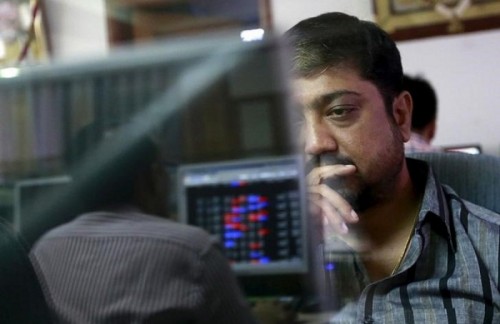









More News

Auto Sector Update - Disruption from e-2Ws ahead, e-3Ws near an inflection point By Motilal ...
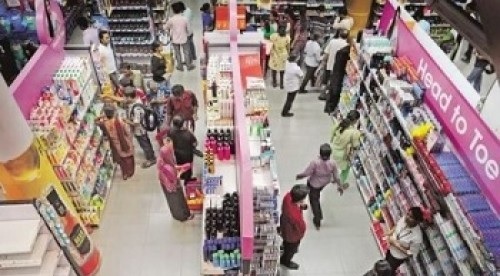
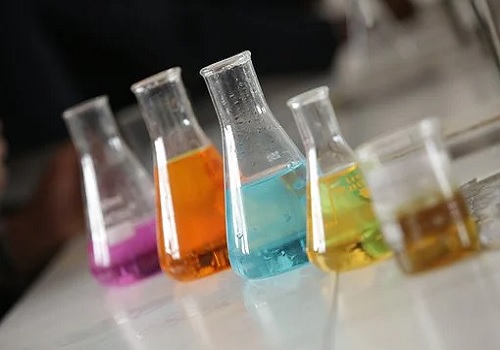
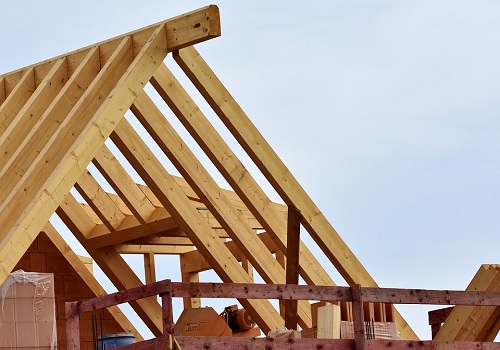


 320-x-100_uti_gold.jpg" alt="Advertisement">
320-x-100_uti_gold.jpg" alt="Advertisement">

